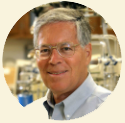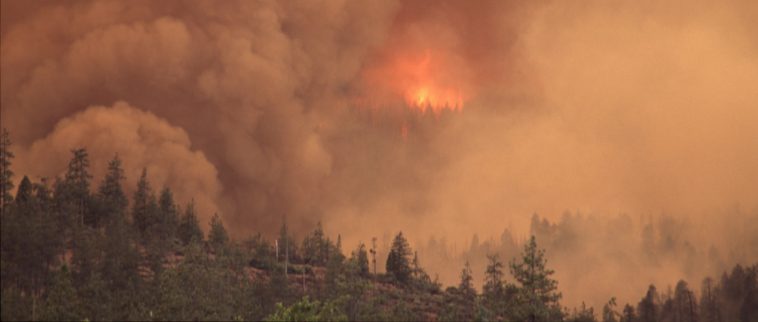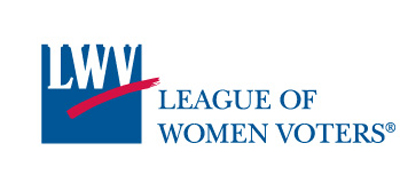||| FROM ORCAS CURRENTS |||
APART FROM A MAJOR EARTHQUAKE ON THE CASCADIA FAULT, wildfire is arguably the greatest threat to property and lives in the San Juan Islands. Fortunately, fires of serious magnitude have been limited in our islands, and with an increasing focus on wise fire-prevention practices there is reason to hope this will continue to be the case. But wildfires elsewhere in the United States, particularly in the Pacific Northwest, have increased substantially in recent decades. This increase has been most dramatic in the last five years, creating trends of larger areas burned, greater fire-season length and higher sustained wildfire-related smoke and air-pollutant impacts.
The reasons for these increasing trends include decades of fire suppression, episodic drought conditions in areas of western North America, forest pest infestations, and warming atmospheric temperatures. These factors have culminated in widespread wildfires in the Pacific Northwest, resulting in serious smoke impacts in the San Juan Islands. Such episodes have lasted for as long as two weeks, with concentrations of fine smoke particles reaching levels hazardous even for healthy individuals.
Because our islands experience winds and air movements from both north and south, we can be impacted by distant wildfires, especially occurring east of the Cascades. For example, smoke from inland British Columbia and eastern Washington wildfires can pour through the Fraser River Gap on winds from the northeast, strongly affecting the San Juan islands, while intense smoke can arrive from Oregon and northern California on southerly winds.
This article examines the potential health effects associated with wildfire-smoke exposures in the San Juan Islands. It offers measures to reduce personal exposures and health impacts from future wildfire smoke episodes affecting our communities.
Health Effects of Wildfire Smoke
Hospitalizations and emergency-room visits for respiratory diseases have consistently increased with wildfire-smoke exposures in adults and children. Of the numerous air pollutants that occur in wildfire smoke, breatheable particles less than 2.5 microns in diameter (PM2.5) — roughly 50 times smaller than a human hair — are of greatest concern. These “fine” particles can penetrate into the deepest part of the lungs and cause a range of illnesses and even death.
Fine smoke particles can penetrate into the deepest parts of the lungs and cause illness and even death.
Health effects specifically associated with exposure to smoke include cardiovascular and respiratory morbidity and mortality, wheezing, coughing, eye irritation, neurodegenerative disease and adverse reproductive effects. People at highest risk for wildfire-smoke exposures include those with respiratory diseases such as asthma and bronchitis, individuals with cardiovascular disease, children, the elderly, and pregnant women and their fetuses.
Children are especially vulnerable because they typically have more outdoor exposure, they breathe more air relative to their body weight, and they have less deposition of particles in the larynx and trachea, allowing a higher proportion of particles to penetrate into their lungs. [1] More than 25 years of research has demonstrated that pediatric asthma visits increase in association with wildfire events.
Health-based indices have been created for the key pollutants in wildfire smoke, for which the official National Ambient Air Quality Standards are set by the Environmental Protection Agency. The EPA’s Air Quality Index (AQI) runs from 0 to 500 and is divided into six levels of concern from Good to Hazardous as shown in the table below. Higher AQI levels correspond to greater concentrations of PM2.5 particles in the air we breathe.

In recent years, numerous wildfire-smoke episodes in north Puget Sound locations surrounding the San Juan Islands have sent the AQI into the Hazardous level. It’s highly likely hazardous air-quality conditions also existed in San Juan County during those episodes, although no agency monitoring data are available to confirm that for reasons to be discussed.
Washington State created the Washington Air Quality Advisory index [2], similar to the EPA’s AQI but based on lower levels of fine-particle pollution, with the intent to provide earlier alerts of potential health impacts. This index is available as a free, mobile-friendly application.
Steps You Can Take to Mitigate Smoke Exposures
The Washington State Department of Health has useful resources concerning exposures to wildfire smoke, including steps that can be taken to protect family members. [3] Here are some of their most important recommendations, paraphrased:
- Avoid physical exertion outdoors during wildfire-smoke episodes.
- Stay indoors and keep windows and doors closed. This will reduce indoor fine-particle concentrations to approximately one half to two thirds of the outdoor concentrations, depending on the building quality. The tighter the seal of windows and doors, the more readily one can protect the indoor environment from outdoor smoke.
- An air purifier with a HEPA filter will reduce the number of particles inside. But air purifiers that produce ozone should be avoided.
- Correctly worn respirator masks may provide some protection against fine particles in wildfire smoke. N95 respirators are relatively inexpensive and widely available but must be properly fitted to provide protection. Men with ample facial hair are generally not well protected by masks.
- If you belong to one of the vulnerable populations discussed above, you might consider leaving the area temporarily if it’s not possible to reduce indoor air pollution adequately.
A recent paper evaluating the impact of wildfire smoke events on indoor air quality evaluated a low-cost filtration method that might be an alternative to a HEPA filter. [4]
Arthur Winer, Ph.D.
 A resident of Orcas Island, Arthur Winer is Distinguished Professor Emeritus of Environmental Health Sciences in the UCLA Fielding School of Public Health and served for nine years as Director of the UCLA Environmental Science and Engineering Program. During a forty-year career he has published nearly 200 peer-reviewed articles on a wide range of atmospheric chemistry and air-pollution topics, including exposures to — and health impacts of — wildfire smoke. In addition to his research contributions, he has worked at state and national levels to promote legislation and public policies designed to address key air pollution, environmental-justice, and public-health concerns.
A resident of Orcas Island, Arthur Winer is Distinguished Professor Emeritus of Environmental Health Sciences in the UCLA Fielding School of Public Health and served for nine years as Director of the UCLA Environmental Science and Engineering Program. During a forty-year career he has published nearly 200 peer-reviewed articles on a wide range of atmospheric chemistry and air-pollution topics, including exposures to — and health impacts of — wildfire smoke. In addition to his research contributions, he has worked at state and national levels to promote legislation and public policies designed to address key air pollution, environmental-justice, and public-health concerns.
READ FULL ARTICLE: orcascurrents.com/wildfire-smoke-in-the-san-juans/
**If you are reading theOrcasonian for free, thank your fellow islanders. If you would like to support theOrcasonian CLICK HERE to set your modestly-priced, voluntary subscription. Otherwise, no worries; we’re happy to share with you.**








